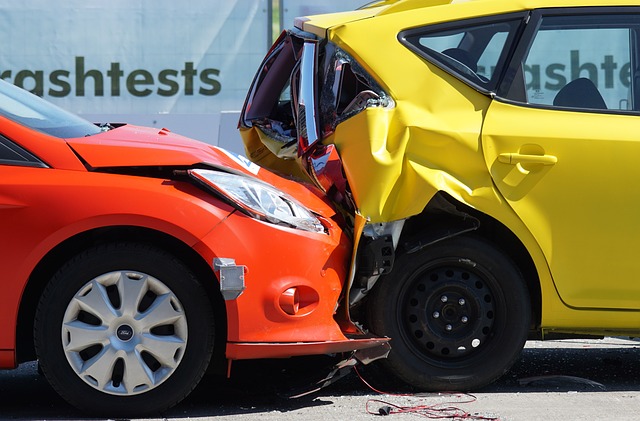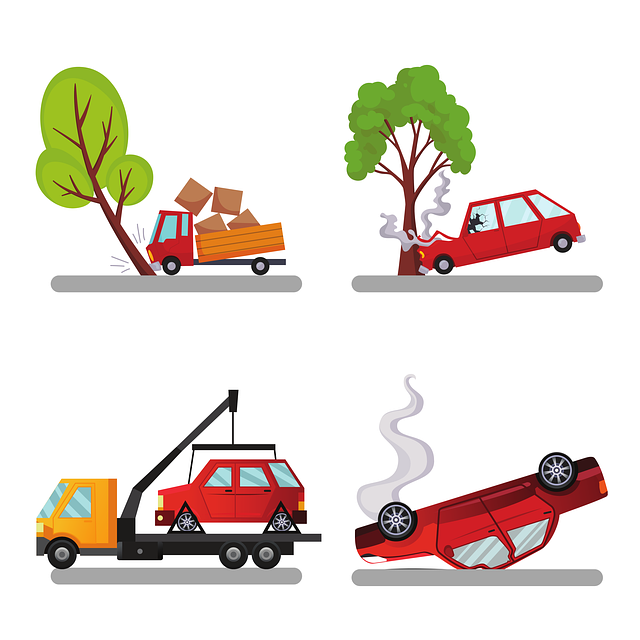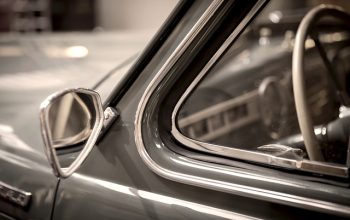Collision coverage insures against vehicle damage from accidents, covering parts replacement and repairs. It does not protect against non-accidental damage like weather or vandalism. With rising repair costs due to complex technology, global supply chain issues, and labor shortages, collision insurance is crucial for new and used cars. Policies have deductibles that impact claim costs; higher deductibles lower premiums but increase upfront payments. Weighing repair costs against financial comfort with deductibles is essential when deciding on collision insurance. Properly documenting damage and expenses, and promptly contacting insurers, aids in navigating claims fairly.
- Collision Coverage Explained: What It Covers and Doesn't
- Rising Repair Costs in 2024: Trends and Impacts
- Why Collision Insurance is Crucial for New Cars
- Protecting Older Vehicles: Collision Insurance Benefits
- Understanding Deductibles and How They Affect You
- Navigating Claims: Tips for Efficient Collision Insurance Usage
Collision Coverage Explained: What It Covers and Doesn't

Collision coverage is a type of auto insurance designed to protect you financially when your vehicle experiences damage due to a collision with another object, such as another car, a tree, or a fence. Unlike liability insurance, which covers damages to others involved in an accident, collision coverage is focused on repairing or replacing your own vehicle. This means it can help pay for costs like parts replacement, body repairs, and even towing expenses.
However, it’s important to note what collision coverage doesn’t include. It generally does not cover damage caused by non-accidental events such as weather conditions (like storms or floods), vandalism, or theft. Additionally, deductibles — the amount you pay out of pocket before insurance kicks in — can significantly impact the overall cost of claims. Understanding these parameters is key to deciding if collision coverage is worth your while based on your driving habits and vehicle’s age.
Rising Repair Costs in 2024: Trends and Impacts

In 2024, the automotive industry is witnessing a significant surge in collision repair costs. Several factors contribute to this trend, including advancements in vehicle technology that lead to more complex repairs and increased demand for specialized parts. Modern cars are equipped with sophisticated safety features like advanced airbags, crumple zones, and electronic stability control systems, which, while enhancing safety, often require intricate and costly repairs when involved in accidents.
Additionally, the global supply chain disruptions caused by recent events have led to shortages of essential auto parts, driving up prices. This challenge is further compounded by the rising costs of labor as skilled technicians become more scarce. As a result, collision repair bills are escalating, making collision insurance coverage even more vital for both new and pre-owned vehicles.
Why Collision Insurance is Crucial for New Cars

New cars, despite their advanced safety features and sleek designs, are particularly vulnerable to costly collision damages. The simple reason being, they represent a substantial financial investment for the owner. In the event of an accident—be it a rear-end collision or a side swipe—the repairs can quickly add up, especially with the increasing prices of automotive parts and labor. Collision insurance steps in as a shield, covering these repair expenses and ensuring that the financial burden doesn’t weigh heavily on your shoulders.
Moreover, new cars often come with warranties that do not cover damage from accidents or other incidents. Therefore, collision coverage becomes an essential component of a comprehensive insurance policy, providing peace of mind and financial protection for these valuable assets.
Protecting Older Vehicles: Collision Insurance Benefits

For older vehicles, collision insurance offers a layer of financial protection that can be invaluable. As car models age, their repair costs often escalate due to the scarcity and higher prices of replacement parts. Without collision coverage, a minor fender bender could result in substantial out-of-pocket expenses for owners of vintage or classic cars. These vehicles hold sentimental value, and their restoration processes are meticulous and expensive. Collision insurance bridges this financial gap by covering repairs, ensuring that car enthusiasts can maintain their beloved vehicles without the added burden of unexpected repair bills. It provides peace of mind, allowing owners to enjoy their classics without worrying about the financial implications of an accident.
Understanding Deductibles and How They Affect You

Collision insurance policies come with deductibles, which are the amount you pay out-of-pocket before your insurance kicks in to cover repair costs. These deductibles can significantly impact your financial burden after an accident. A higher deductible means you’ll pay more initially but could result in lower monthly premiums. Conversely, a lower deductible ensures you contribute less upfront but may lead to higher overall insurance costs over time.
When considering the value of collision coverage, understanding your budget for potential deductibles is crucial. Weighing the cost of repairs against your financial comfort level with deductibles will help determine if collision insurance is a wise investment for your specific situation.
Navigating Claims: Tips for Efficient Collision Insurance Usage

Navigating claims efficiently with collision insurance involves a few key steps. First, review your policy details to understand what’s covered and any deductibles or exclusions. Knowing these from the start can streamline the process when filing a claim. Secondly, document everything – take photos of damage, keep records of repairs, and maintain receipts for expenses related to the incident. This documentation is crucial for supporting your claim and ensuring you receive accurate compensation.
When reporting an accident, act swiftly but calmly. Contact your insurance provider promptly to initiate the claims process. Be prepared with your policy number, vehicle information, and details about the other party involved. During this interaction, be honest and provide all necessary information; it’s important for a fair and accurate claim assessment.



